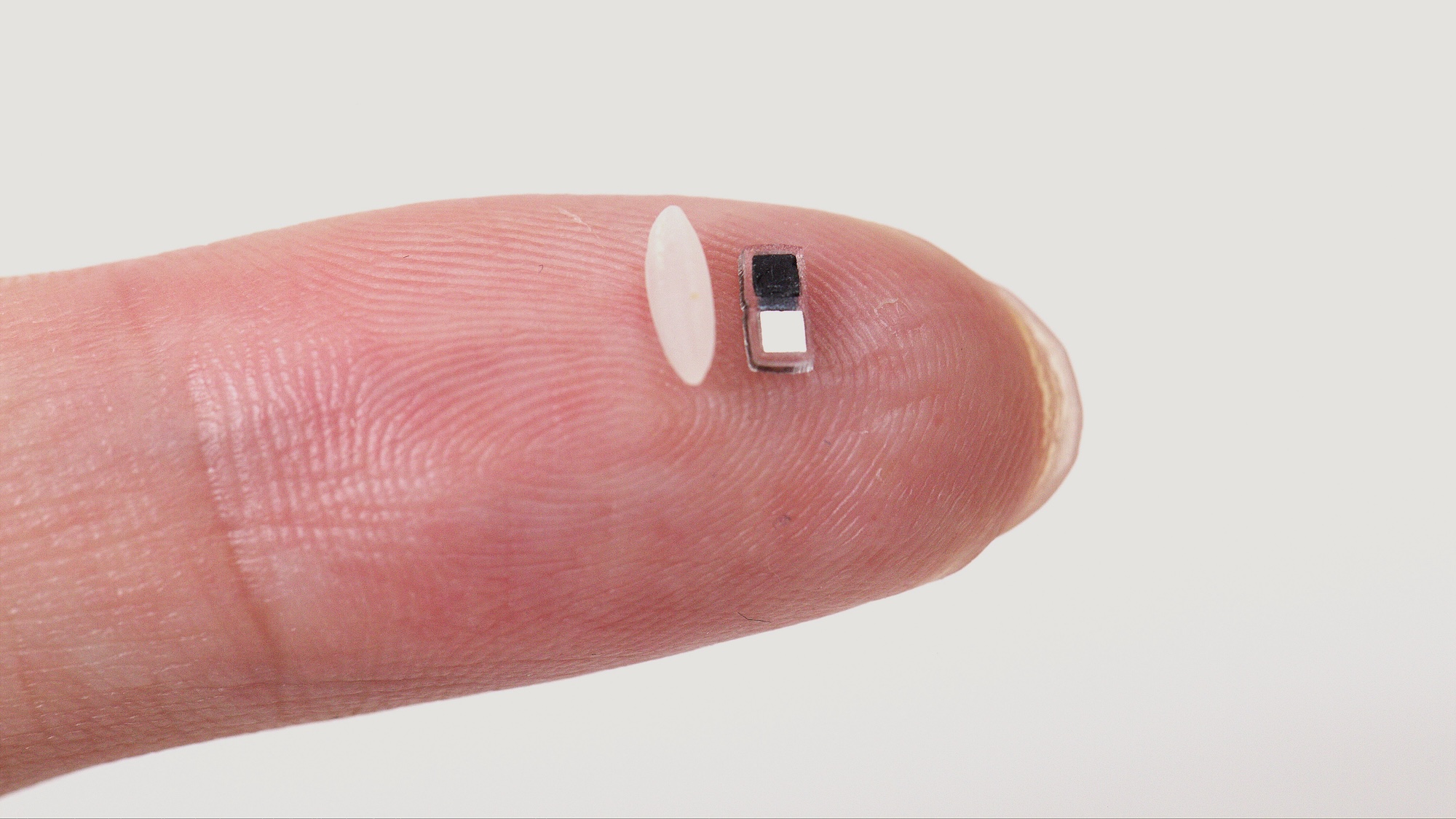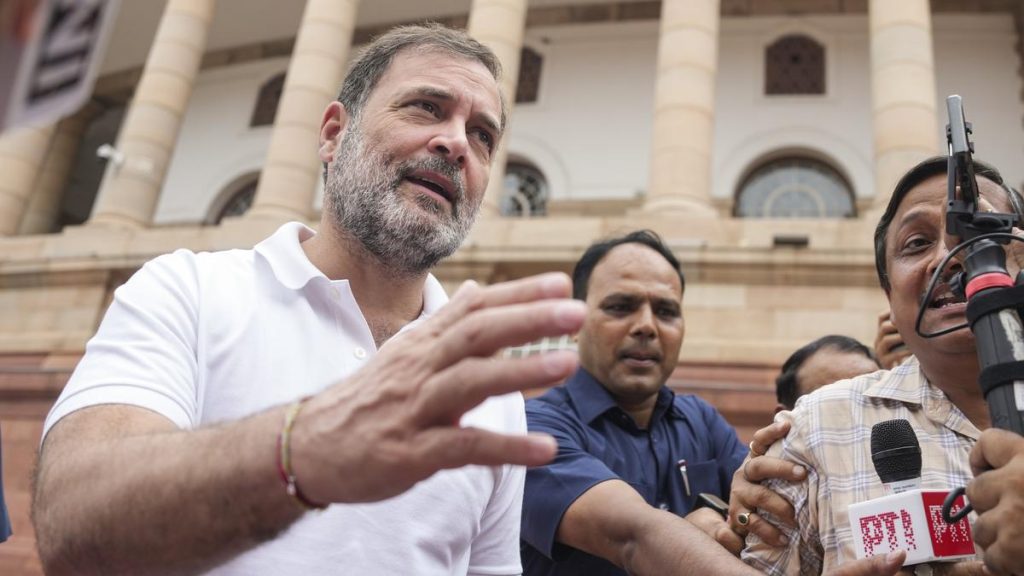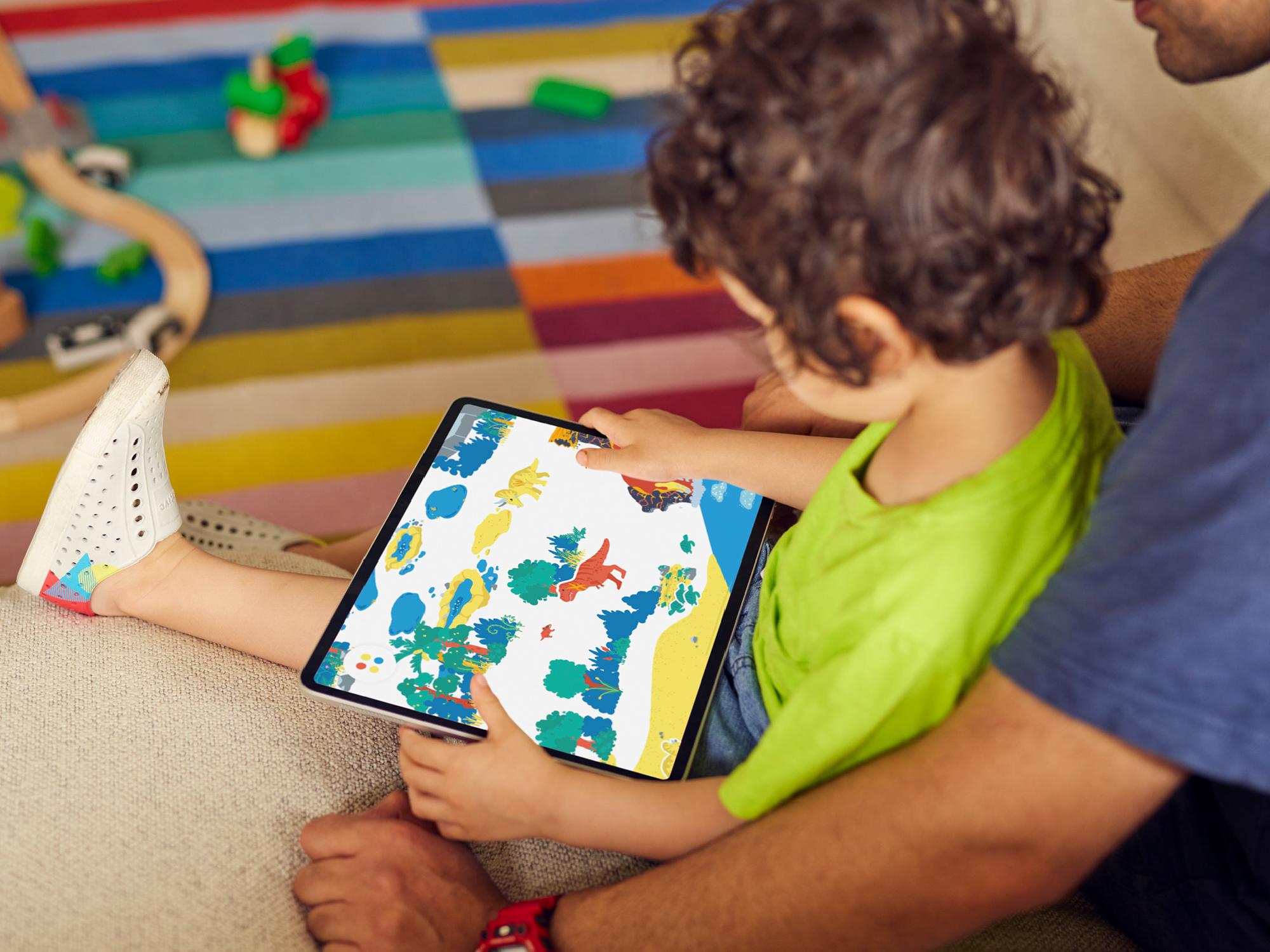Now Reading: World’s Smallest Pacemaker Now Matches the Size of a Grain of Rice
-
01
World’s Smallest Pacemaker Now Matches the Size of a Grain of Rice
World’s Smallest Pacemaker Now Matches the Size of a Grain of Rice

Quick Summary
- Researchers at Northwestern University have developed the world’s smallest temporary pacemaker, measuring just 1.8mm wide and 3.5mm long, powered by light-based data transmission.
- Made from bioresorbable materials, the device dissolves safely in the body after use, eliminating the need for follow-up surgery and reducing post-operative risks such as infection and scar tissue formation.
- The pacemaker can be implanted noninvasively via a syringe and has potential usage for infants born with heart defects and also adult patients needing temporary cardiac support.
- Researchers swapped traditional radio antennas for infrared light systems to achieve further miniaturization while using biofluid-powered galvanic cells to generate electrical currents for heart stimulation.
- Future advancements could allow deployment of multiple devices across a single heart or integration into other implantable tools like heart valve replacements or bone restoration devices.
Images:
!Image of finger balancing rice next to tiny pacemaker
!Wearable device compared to rice-sized pacemaker
!Comparison: traditional vs leadless vs new bioresorbable pacemakers
Indian Opinion Analysis
This technological breakthrough in medical devices holds significant implications for India’s healthcare system, especially in low-resource regions where access to advanced surgical care remains limited. The small size and dissolvable nature of this temporary pacemaker could provide a more accessible solution for treating congenital heart defects among newborns-a condition affecting approximately one percent of infants annually worldwide-with minimal infrastructure requirements like invasive surgeries or extended hospital stays.Moreover, its ability to dissolve naturally addresses challenges associated with existing temporary solutions that rely on external wires prone to complications post-surgery such as infections or damage from removal procedures. For rural areas lacking specialized medical professionals and equipment in India, implementing such innovations may significantly reduce procedural risks while enhancing patient outcomes.
Future applications-such as integrating these miniature devices into broader therapeutic tools-are promising avenues that might benefit India’s evolving healthcare landscape over time if adopted widely by local manufacturers or research institutes through cost-effective production adaptations.Read More: Link

























